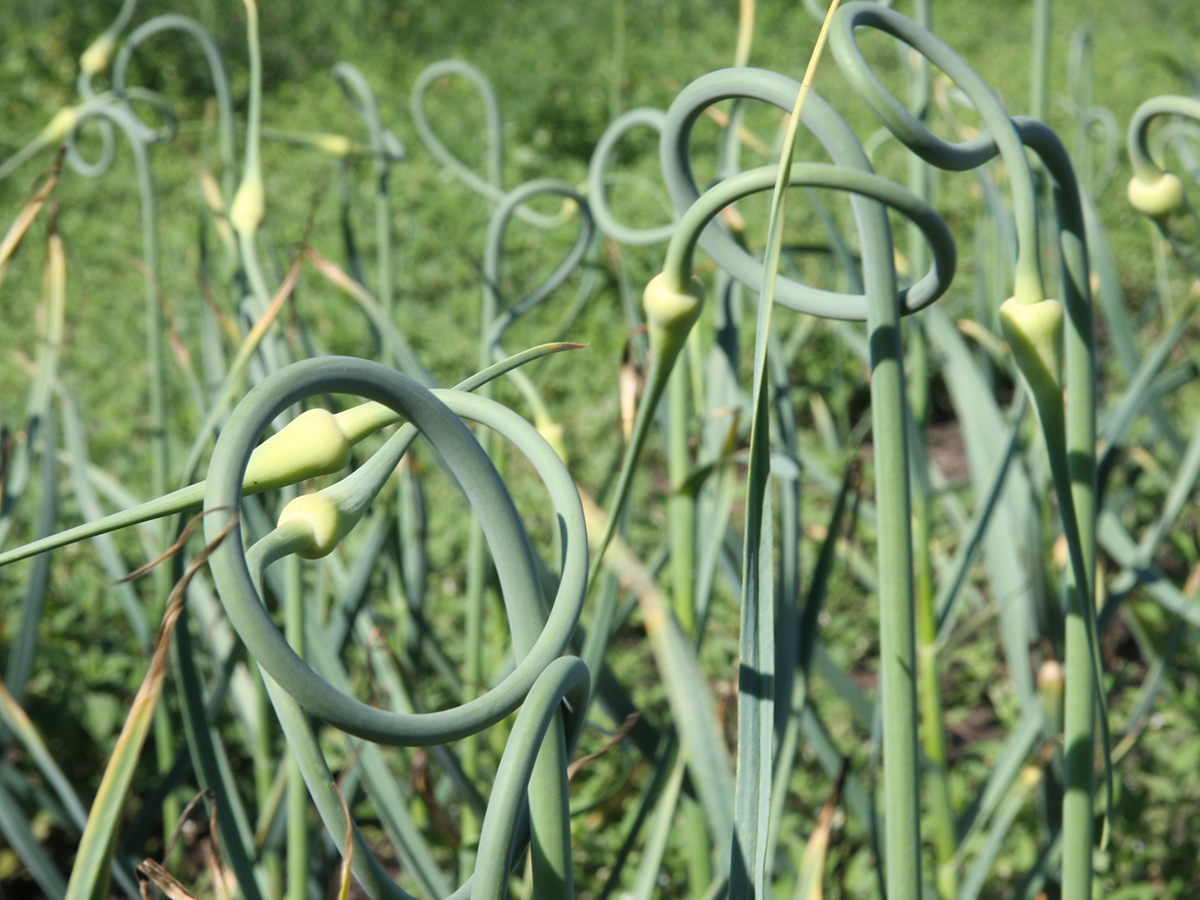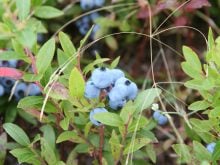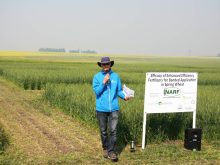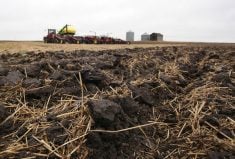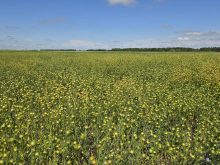A plant physiologist from the University of Saskatchewan continues to focus on the phenomenon identified as “northern vigour.”
It was first noticed in the late 1990s in seed potatoes, and she later applied the theory to strawberry crowns in the mid-2000s. Northern vigour equates to a northern advantage, with plants grown in Saskatchewan proving more successful than others grown at southern latitudes.
Karen Tanino’s study, published in 2006, compared Saskatchewan grown daughter crowns, harvested in October, with Nova Scotia crowns harvested and shipped to Florida at the same time. The Saskatchewan crowns had a higher marketable yield than the Nova Scotia fruit and increased lateral roots and got off the ground more quickly.
Read Also
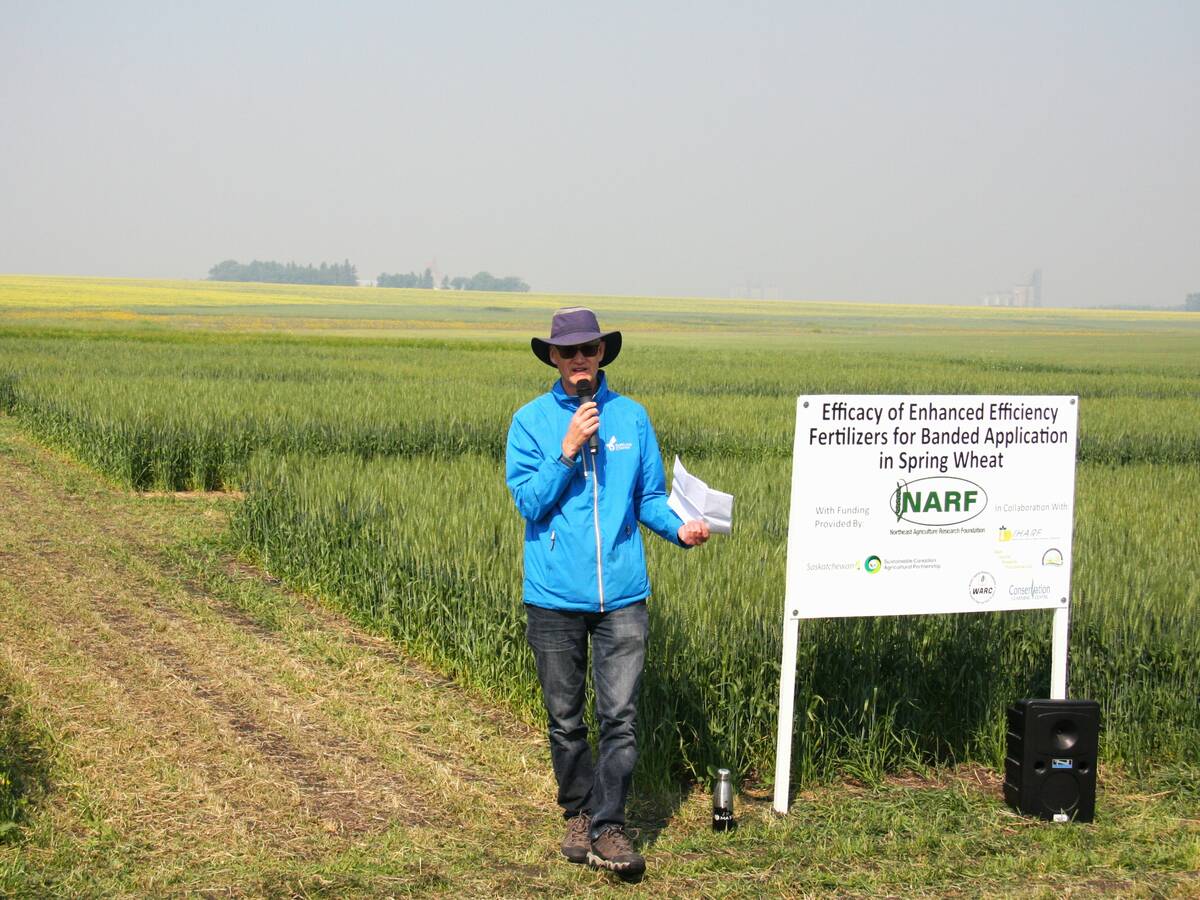
Fertilizer method’s link to emissions studied
A researcher says others studying greenhouse gas emissions aren’t considering how the loss of nitrogen into the atmosphere correlates with fertilizer application or if there is an impact to yield.
Tanino told a recent conference organized by the Saskatchewan Fruit Growers Association and the Saskatchewan Vegetable Growers Association that since the initial study with strawberries, she has also seen positive outcomes with Saskatchewan grown garlic bulbs, which had higher levels of alliin. Saskatchewan grown strawberries, red peppers and tomatoes also had higher antioxidant capacity.
She’s also taken steps to further the strawberry crown research in more recent years by growing strawberry crowns in high tunnels in an attempt to increase the yield per mother crown. She said it’s been a “successful project” and shows potential for Saskatchewan growers to become a more consistent supplier to American strawberry farmers.
Tanino also spoke about a catalytic seed treatment that was developed in partnership with the U of S’s department of animal science and poultry. The unique partnership between plant science and animal science formed with the goal of developing a seed treatment to assist with the breakdown of manure.
Researchers found that the seed treatment not only broke down the manure but also assisted with plant growth.
“A lot of benefits to enhanced germination, as you can imagine — earlier spring establishment, avoiding summer drought and seed stress, earlier maturity, harvesting before fall frost,” Tanino said.
There was strong lateral root proliferation and no negative effects when combined with fungicide. While the project was conducted on annual crops, researchers are exploring the potential for horticultural crops and planning a limited study on carrots and onions.
One of the newest projects currently underway is the intercropping of hazelnuts and berries with annual crops to provide snow capture and soil benefit. It’s taking place at the Indian Head Agricultural Research Foundation.
The study will focus on buffalo berry and seabuckthorn, both of which are nitrogen fixers.
“It’s particularly relevant on these marginal lands, (and) brown soil zones in the south, where the annual cropping systems do place a lot more stress on that ecosystem,” she said.
However, the real emphasis in this project is the value addition from hazelnuts, which are in high demand by companies such as Ferrero Rocher, which are looking for new varieties. One of the objectives of this project is to evaluate selected seedlings for shelterbelts and intercropping situations.
The newest study on the horizon is in partnership with the National Research Counci and focuses on enhancing northern Canada’s food security. Tanino will be working with Shawn Clarke of the NRC to improve yields of rubus arcticus, commonly known as the Arctic raspberry.
The fruit is native to Canada’s North and shows potential for a diversified fruit crop that can be grown further north.
“They’ve (NRC) identified domestication genes related to flowering time, self compatibility, (and have been) looking at gene editing to test the impact of the genes on yield.”
The NRC has many Arctic raspberry accessions from the U.S. Department of Agriculture and have named and genetically sequenced cultivars. Through this, they’ve found variation in the flower-truss formation on the stalks, which Tanino and Clark plan to build from and identify the genes involved.
This information will be used to increase yield by increasing truss formation on the stalks.




